I don't really know what the BIGGEST danger is - let's see. . . in northern Kenya, at the Kakuma Refugee Camp, we were told to wear closed shoes rather than sandals as we walked around the camp compound in order to protect ourselves from snakes and insects.
Then some people enthusiastically shared with us the fact that there was such a thing as the "camel spider" aka "sun spider", aka "wind scorpion" aka solifuge.They cheerily told us that this lovely creature jumps up on you and can gobble away half your leg and you can't do anything 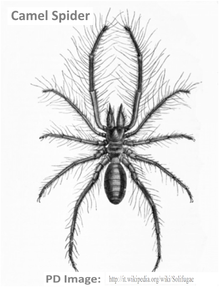 about it and you die.Closed shoes or even boots up to your knees would not help you in this case.
about it and you die.Closed shoes or even boots up to your knees would not help you in this case.
And I didn't run away!
I thought about it, you can be sure, but I was stuck in a compound next to a refugee camp about a two-hour drive from the nearest airport. That two hours may as well have been light-years because you cannot travel on the roads alone. More about that later. But maybe you are starting to get the idea - There is no single greatest danger facing the international humanitarian aid worker but several dangerous elements that may be competing for the gold medal..
By the way, when you get reliable facts, you find out that the camel spider bites only in self-defense (and I'm certainly not going to voluntarily pick a fight with one so we're both safe). Furthermore, while the bite can cause quite a bit of pain it will not give you more than a local infection. If you want some good photos (be warned, photos from Iraq show some huge specimens) and funny stories and myths about this creature, have a look at a camel spiders website. I don't know why I didn't look this up while I was still in Kenya; that would have saved me many a skipped heart-beat.


 about it and you die.Closed shoes or even boots up to your knees would not help you in this case.
about it and you die.Closed shoes or even boots up to your knees would not help you in this case. 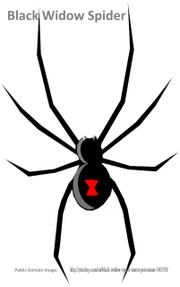 Once they were done warning us about the camel spider that may attack us while walking around the compound, someone else told us to check under our pillows and under our beds to make sure there were no black widow spiders waiting to ambush us in the night.
Once they were done warning us about the camel spider that may attack us while walking around the compound, someone else told us to check under our pillows and under our beds to make sure there were no black widow spiders waiting to ambush us in the night.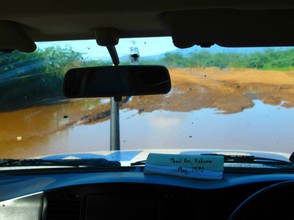







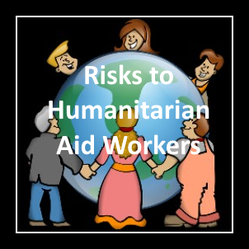

 Visiting an Art Gallery With a Two-Year-Oldon 07/27/2015
Visiting an Art Gallery With a Two-Year-Oldon 07/27/2015
 Using the News to Enhance Jewish Identity in Jewish Kidson 07/24/2015
Using the News to Enhance Jewish Identity in Jewish Kidson 07/24/2015
 Xi'an - Not Just Terracotta Warriorson 06/09/2015
Xi'an - Not Just Terracotta Warriorson 06/09/2015
 Sew Your Own Wedding Dress - or Your Daughter'son 02/06/2015
Sew Your Own Wedding Dress - or Your Daughter'son 02/06/2015


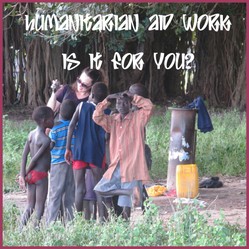
Comments